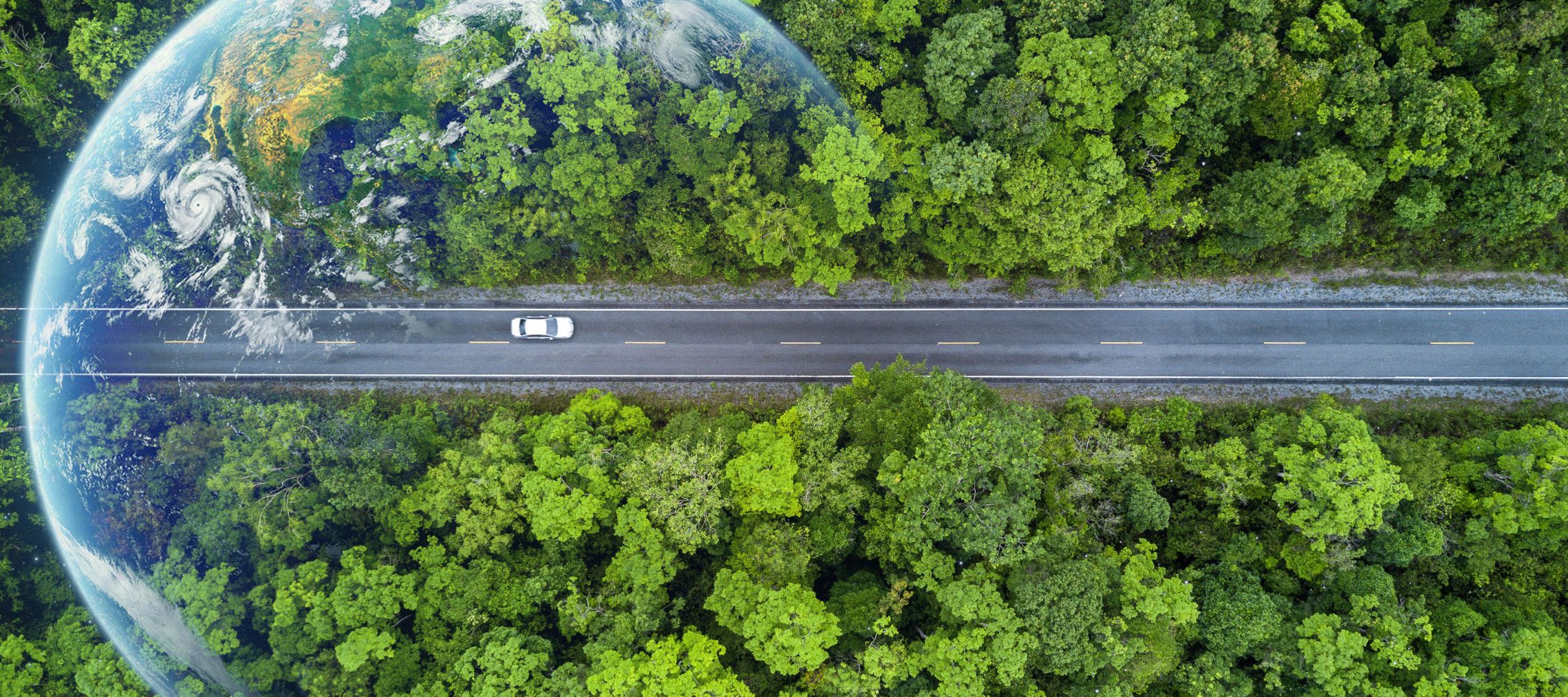In this two-part blog series, the authors share some of their research learning on circular economy (CE) and revisit their experiences from the recently concluded World Circular Economy Forum (WCEF) 2024.
According to the Circularity Gap Report 2024, the world is only 7.2% circular. At the same time, the latest Global Resources Outlook reports that high-income economies consume six times more resources or materials and generate ten times more climate impacts than low-income economies. Moreover, resource consumption in upper-middle-income economies has more than doubled over the past 50 years. Considering that the world is expected to face significant resource scarcity in the near future, there is an urgent need to reduce material consumption.
Incentivising circularity into our economies could lead to significant environmental, social, and economic benefits. For instance, an estimate from the 2021 Circularity Gap Report claims that a CE could reduce global GHG emissions by 39% by 2032. Moreover, almost 6 million jobs could be generated globally by extending activities underlined by the core CE principles at the end-of-life of a product. CE loops could also benefit the local communities (local loops), keep waste within local hierarchies, and promote the use of non-toxic materials (clean loops). However, these loops should be sustained by sustainable and renewable resources (materials and energy). Besides, reducing the reliance on virgin critical raw materials, replacing the excessive use of finite resources with bio-based options or nature-based solutions, mainstreaming options for efficient resource recovery, and ensuring mindful consumption could pave the way for holistic sustainable development. Finally, sufficiency policies are critical for building a sustainable and secure future.

